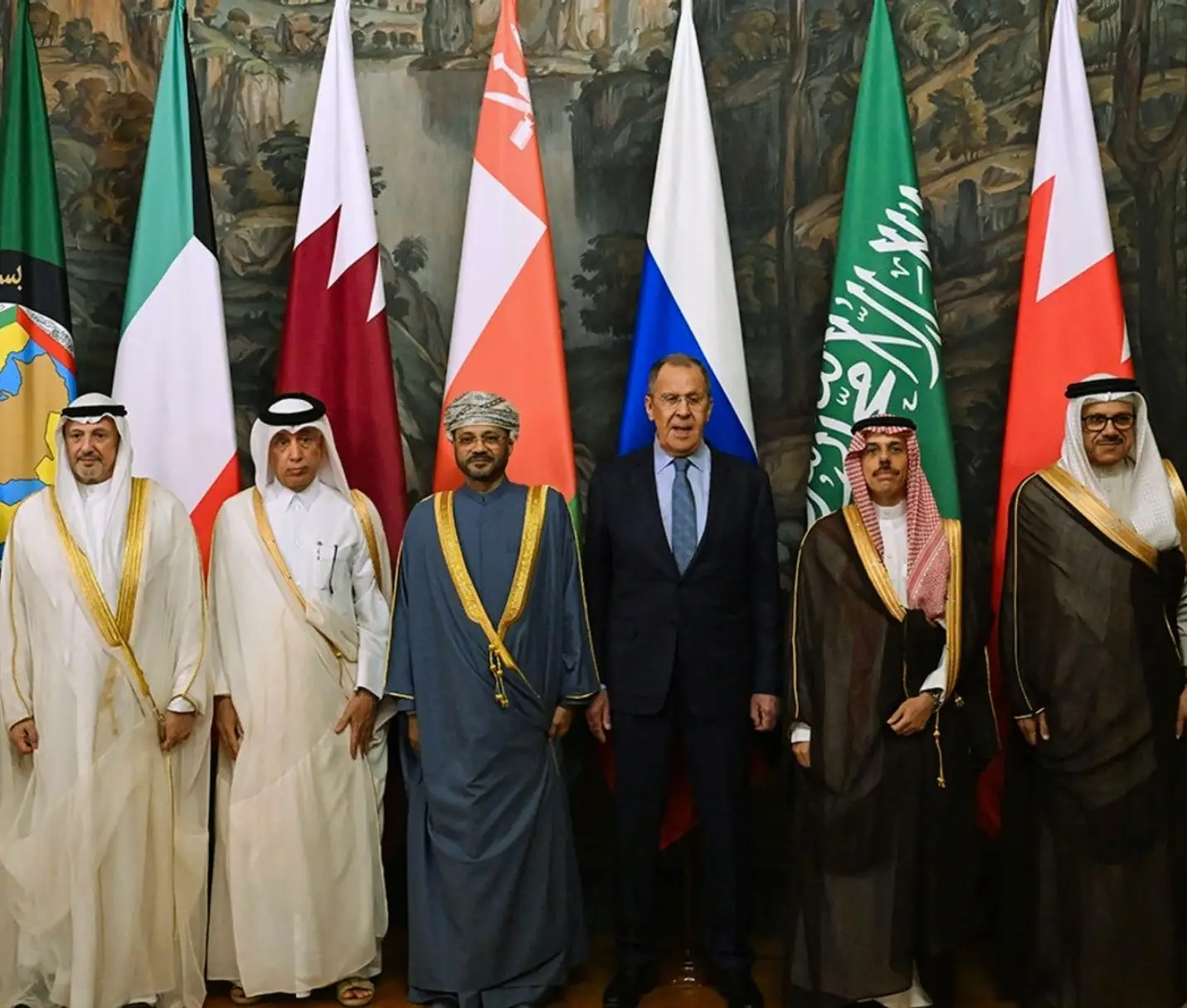The op-ed revolves around the scholarly contribution of Deleixhe et al. (2019) in the article “Securitized Borderlands”, which conceptualizes the social dynamics of cross-border societies and offers a framework to analyze the contemporary border dynamics.
Historically, a state’s power was measured by its territorial marks; empires with vast lands were considered dominant and powerful forces. Borders were seen as symbols of pride, and a state’s primary objective was the protection of its territorial integrity. During this time, traditional security remained a primary lens through which border politics were understood, centered on defending territorial integrity.
However, modern political dynamics have shifted. A people-centric approach has become more relevant, replacing the earlier state-centric perspective. The factors to measure the power of a state have changed; they include its people’s economic, political, and social well-being. Thus, a military’s size or a territory’s physical extent has become secondary. Additionally, states intervening in or occupying others’ territories has become nearly obsolete, mainly due to the rise of international law, which condemns such actions ethically and legally. As a result, the political dynamics of borders and their far-flung societies have become increasingly complex, requiring an interdisciplinary approach to understand them fully.
Borders are securitized to protect sovereign states from intrusions by various actors. This process required coercive measures to secure and safeguard borders from other states and newly emerging challenges. The emergence of non-state actors, illicit trading, human trafficking, transnational terrorism, refugees, migrants, and many other factors played an essential role in the process of securitization. Significant social, political, and economic challenges come alongside these measures, especially for those residing in border areas.
Communities, societies, and tribes have historically inhabited these regions for generations, holding both physical presence and abstract cultural space. However, modern border demarcation often overlooks these communal identities, creating enduring and intractable issues. Borderland studies seek to illuminate these problems by emphasizing the significance of border regions as points of contact between peoples, communities, and states. Just as territorial boundaries shape international affairs, so too do the lived experiences of transnational communities.
Globalization has also profoundly influenced border dynamics. There was once a belief that borders would become less relevant in an increasingly interconnected world. Yet, paradoxically, globalization prompted borderlands to assume smarter, more strategic roles. The securitization led to selective policies that re-bordered the space. Sometimes these policies turn out to be discriminatory to safeguard the national interests of states. Like when a refugee crisis emerges, states allow specific, skilled, and educated people who can contribute to the host country’s economy.
The reality is that neither Westphalian politics has disappeared, nor has globalization erased borders. Instead, securitized borderlands offer a nuanced middle path, acknowledging the complexities of traditional sovereignty and modern interconnectedness.
Cross-border communities respond to securitization in different ways: by resisting, adapting, or complying. Their livelihoods often depend on open borders, and heightened security measures disrupt this balance. While securing borders against emerging threats is crucial, it must be done in a way that does not marginalize or endanger the identities of those who inhabit these sensitive regions.
Building on the conceptualization of securitized border, there is much to explore, particularly with the context-specific case studies that can highlight the realities of borderland communities.

Sabeel Ahmad Naeem is a Research Associate at the Centre for International Peace and Stability (CIPS), NUST Islamabad. He holds a Master’s degree in Peace and Conflict Studies. His work explores violent and non-violent conflicts, resistance movements, and security-development nexus. He also focuses on non-traditional security challenges in contemporary global politics.





